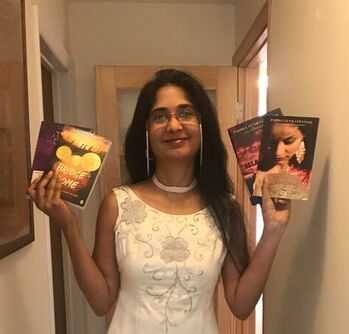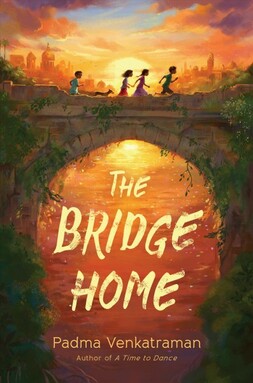
Eighth grader Nicki Ames knows that Ava is her best friend. That's how it's been since third grade: Nicki and Ava sleeping over at each other's houses, partnering up in classes, and hanging out after school. When their gym teacher tells everyone to pair up with their best friend, Nicki doesn't have to consider.
Only Ava walks over to Britney--one of the popular girls--instead.
Maybe Nicki's been abandoned in front of her whole class. Or maybe Ava is just branching out, right? Maybe Nicki is reading into it too much. Ava will just explain everything soon, and the world will be normal again.
But she doesn't, and it isn't. Ava barely talks to Nicki, leaving her confused and unsure. If Ava is being a bad best friend, does that mean Nicki should just wait for her to come around? Or is this her opportunity to strike out on her own?
Bad Best Friend is one of the most realistic, relatable novels I've read in a long time. Everything from conversations to characters to events feels spot-on and complicated in all the right ways. Nicki's struggle to decide who she is beyond Ava--and whether she wants to find out--never felt forced, and I like her as a character for her many layers and feelings which often conflicted with one another. Her family dynamic was also extremely well-drawn. I highly recommend Bad Best Friend to readers ages ten and up looking for an incredibly authentic and engrossing realistic fiction novel.








 RSS Feed
RSS Feed
